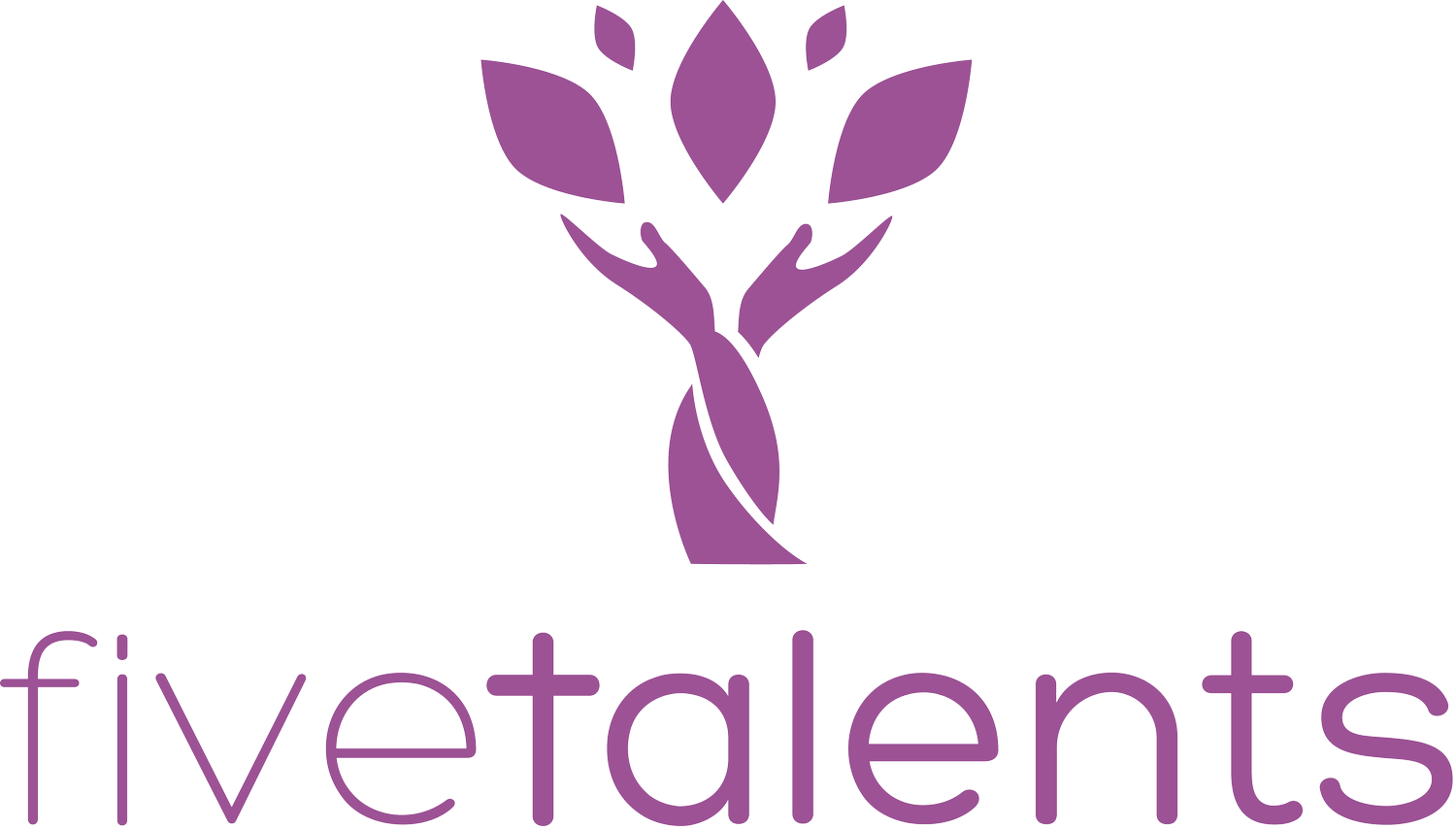A farmer plants rice seedlings in a paddy field on the outskirts of Rangoon.
(PHOTO: Reuters) Myanmar used to be considered the “rice bowl” of Asia.
An agricultural hub for much of the early 20th century, political turmoil in the ‘60s negatively impacted the agricultural industry in the outskirts of Yangon and other rural regions. In a recent Bankok Post report, economists said they “believe helping [rice] farmers offers Myanmar one of the fastest ways to both alleviate poverty and turn around the country's fortunes.”
Five Talents is capitalizing on the power of rice as a commodity in Myanmar.
Currently, there are five "alternative savings" groups in Myanmar that implement rice banks as a means to save and borrow collectively where cash is minimally available. Since rice is a valuable commodity, each group member contributes a specified variety and amount during savings group meetings and a member takes the bulk rice to sell or can use it to feed their family.
Sean Turnell, an expert on Myanmar's economy at Australia's Macquarie University, told the Bankok Post, "improvements in agriculture are one of the genuine 'low hanging fruit' of reforms that could do much, remarkably quickly.”
The Power of Cooperative Business in Myanmar
Cooperative farming is an important aspect of Five Talents savings groups in Myanmar. Savings groups not only set aside some of their rice, but they also join together in various types of cooperative business. This may include cooperation in ploughing or preparation of fields, harvesting, processing, or sales and marketing. Savings groups have developed various cooperative businesses including creation of betel and bean plantations as well as working together to produce groundnut oil, organic coffee, chili powder, and traditional tea leaves. Nonetheless, rice farming is still the most popular and widespread form of income generation in the Irawaddy Delta.
Most rice farmers in Myanmar prepare and harvest their fields the traditional way. They use water buffalo to plow and smooth the fields and they reap mature stalks by hand using metal sickels or knives. By planning together and sharing resources, savings groups are able to cut the costs of preparing their fields and assist one another in harvesting.
After a successful harvest, rice needs to be dried and stored and the grain removed from the stalk. While most small scale farmers cannot afford their own machines for threshing, a small savings group can. For example, a savings group in Pyay recently purchased a rice and grain machine like this one.
Alone, none of the members would have been able to purchase the machine. Collectively, however, they could. They are now able to thresh their grain immediately after drying to avoid breakage or re-wetting. They can also hire out the machine to other local farmers for extra income. As a result, the farmers have increased their productivity, profit, and the quality of their rice.
In summary, rice banks, alternative savings groups, and cooperative business are helping to create a brighter future for small scale farmers across Myanmar.
Learn more about Five Talents programs in Myanmar.




